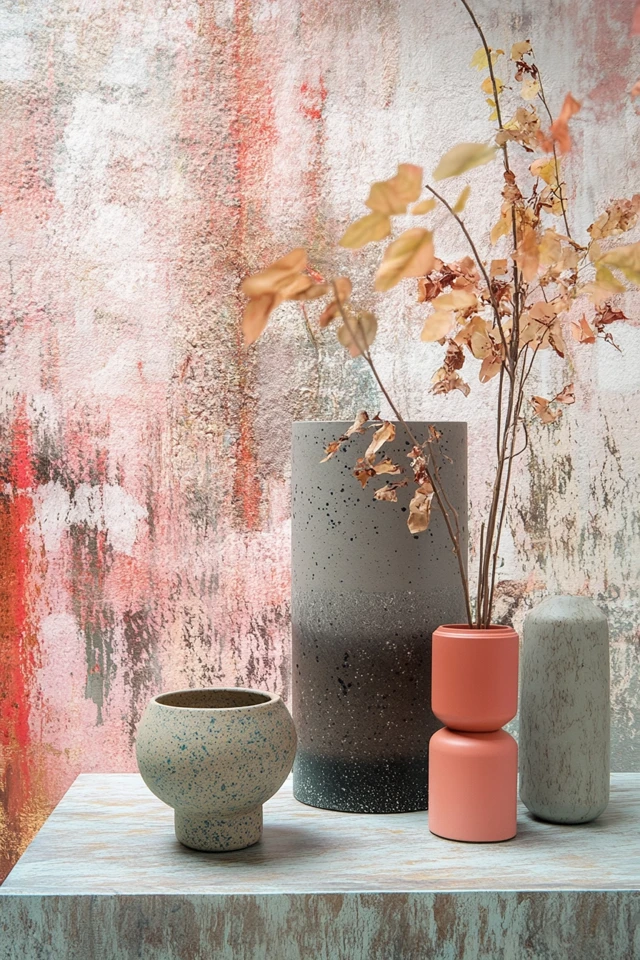Introduction
When I first started experimenting with interior design, the process of creating a mood board felt like pure magic. I’d gather fabric swatches, paint chips, and magazine clippings, laying them out on the floor until they formed a cohesive vision. It was the perfect way to translate vague ideas into something tangible, and it made the entire design process so much easier. Fast forward to today, and I still rely on mood boards—though now I often use digital tools like Pinterest or Canva. Whether I’m designing a cozy bedroom or a chic living room, a well-crafted mood board is my secret weapon for achieving a flawless aesthetic.
Mood boards are not just for professional designers—they’re an accessible, creative tool for anyone looking to give their room a makeover. By curating colors, textures, patterns, and inspiration images in one place, you can clarify your vision, stay organized, and avoid costly design mistakes.
In this blog, I’ll walk you through 10 inspiring mood board ideas for different aesthetics, from minimalist to bohemian, and everything in between. Whether you’re planning a major renovation or just a quick refresh, these mood boards will help you create the aesthetic room of your dreams.
1. Minimalist Serenity
Key Elements:
- Neutral tones like white, beige, and soft gray.
- Clean lines and uncluttered spaces.
- Natural materials like wood, stone, and linen.
Inspiration:
This mood board channels calm and simplicity with a focus on functionality. Picture a white sofa, a sleek black coffee table, and a textured wool rug. Add in soft lighting from a modern pendant lamp and a few carefully chosen decor pieces, like a ceramic vase or a minimalist wall print.
2. Bohemian Bliss
Key Elements:
- Earthy tones like terracotta, mustard yellow, and olive green.
- Layered textures: rattan, macramé, and jute.
- Eclectic patterns and global-inspired accents.
Inspiration:
A boho mood board is all about warmth and personality. Start with a base of natural materials—think a rattan chair and a jute rug—and layer in colorful throw pillows, a gallery wall of travel photos, and hanging plants. The result is cozy, vibrant, and full of character.
3. Modern Glam
Key Elements:
- Bold black, white, and gold color palette.
- Luxe textures like velvet, faux fur, and mirrored finishes.
- Statement lighting like a crystal chandelier or gold floor lamp.
Inspiration:
This mood board screams sophistication. Imagine a deep emerald-green velvet sofa paired with a glass coffee table, gold accents, and a faux fur throw. Add in dramatic artwork and a sleek black-and-gold bar cart for a room that feels elegant and opulent.
4. Coastal Chic
Key Elements:
- Soft blues, sandy neutrals, and crisp white.
- Light, breezy fabrics like linen and cotton.
- Nautical-inspired decor and natural textures.
Inspiration:
Channel the relaxing vibes of the beach with a mood board that features a white slipcovered sofa, a striped rug, and woven baskets for storage. Add driftwood accents, seashell decor, and a large abstract art piece in ocean hues to complete the look.
5. Industrial Edge
Key Elements:
- A palette of black, gray, and warm brown.
- Exposed materials like brick, concrete, and metal.
- Functional, minimalist furniture with a rugged feel.
Inspiration:
For an urban-inspired aesthetic, envision a leather sofa paired with a metal coffee table, a black-framed floor lamp, and open shelving with wood and metal finishes. Add in a large industrial-style clock and abstract artwork for a bold, edgy vibe.
6. Scandinavian Comfort
Key Elements:
- A light, neutral palette with pops of muted color.
- Functional furniture with clean lines.
- Cozy textures like wool, sheepskin, and knits.
Inspiration:
Create a hygge-inspired mood board with light wood furniture, a plush area rug, and a simple gray sofa. Layer in soft throws, a minimalist floor lamp, and a few potted plants to bring warmth and life to the space.
7. Mid-Century Modern
Key Elements:
- Rich woods like walnut and teak.
- Earthy tones like mustard, olive, and burnt orange.
- Sleek, retro-inspired furniture with tapered legs.
Inspiration:
This mood board channels the 1950s with a mustard-yellow accent chair, a walnut credenza, and a geometric area rug. Add a sunburst mirror, vintage-inspired artwork, and a record player to complete the look.
8. Rustic Farmhouse
Key Elements:
- A warm palette of white, cream, and natural wood.
- Distressed finishes and vintage-inspired decor.
- Functional furniture with a cozy, lived-in feel.
Inspiration:
For a rustic farmhouse mood board, think a weathered wood coffee table, a slipcovered sofa, and a chunky knit throw. Add galvanized metal accents, mason jar lighting, and a barnwood accent wall for that perfect country charm.
9. Eclectic Maximalism
Key Elements:
- A mix of bold colors and patterns.
- Unique, one-of-a-kind furniture and decor.
- Layered textures and a curated, collected look.
Inspiration:
This mood board is all about fearless creativity. Combine a colorful velvet sofa with a patterned rug, a gallery wall of mismatched frames, and eclectic decor pieces like vintage finds and bold ceramics. The key is to embrace contrast and have fun!
10. Dark Academia
Key Elements:
- A moody palette of deep green, navy, and black.
- Rich textures like leather, velvet, and dark wood.
- Vintage decor like globes, old books, and brass accents.
Inspiration:
For this intellectual aesthetic, imagine a tufted leather armchair, a dark wood bookshelf filled with antique books, and a brass desk lamp. Add a Persian rug, a framed botanical print, and plenty of candles for an atmospheric, bookish vibe.
Picture Gallery
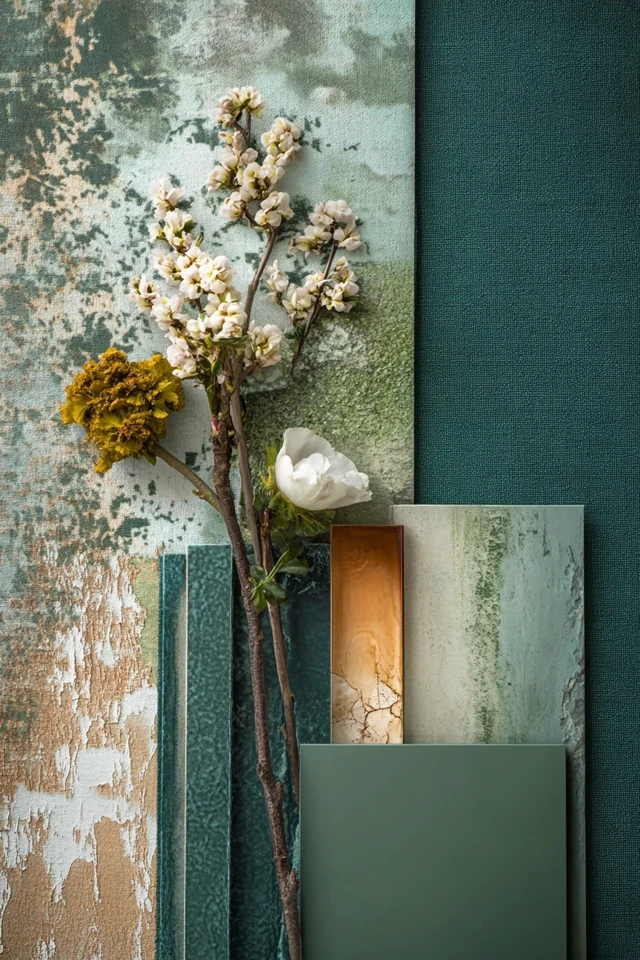
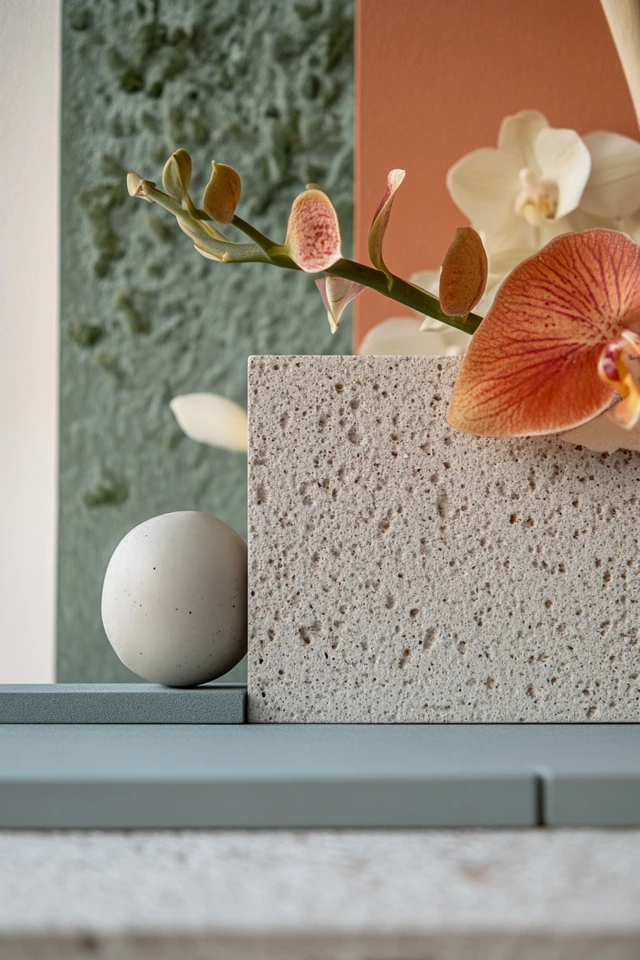
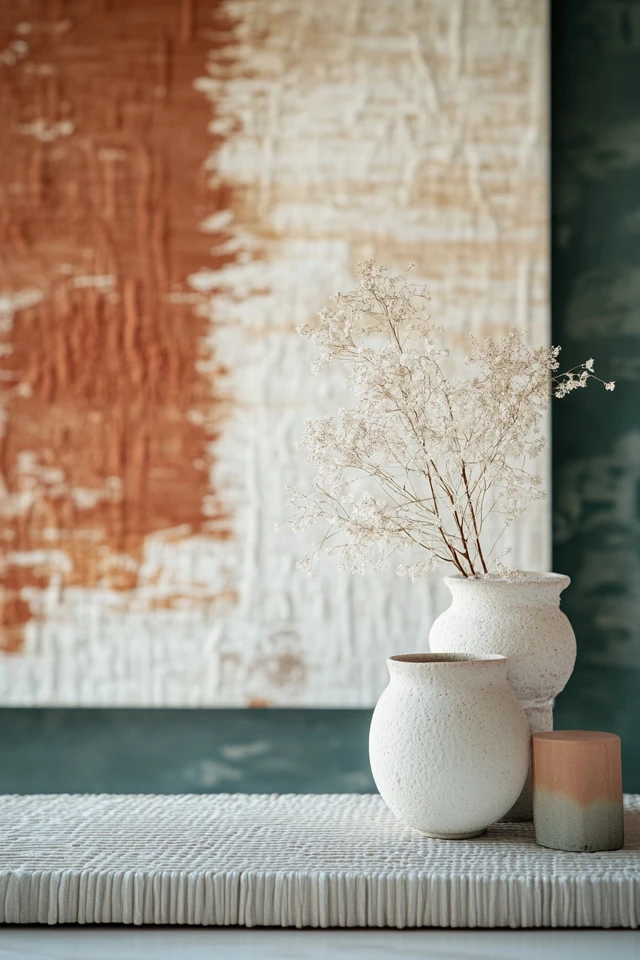
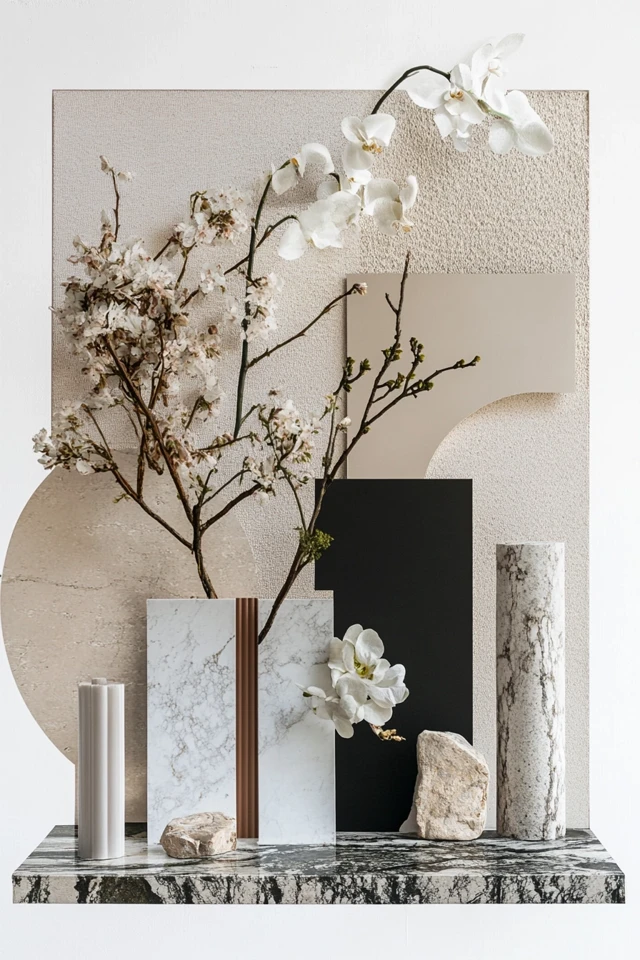
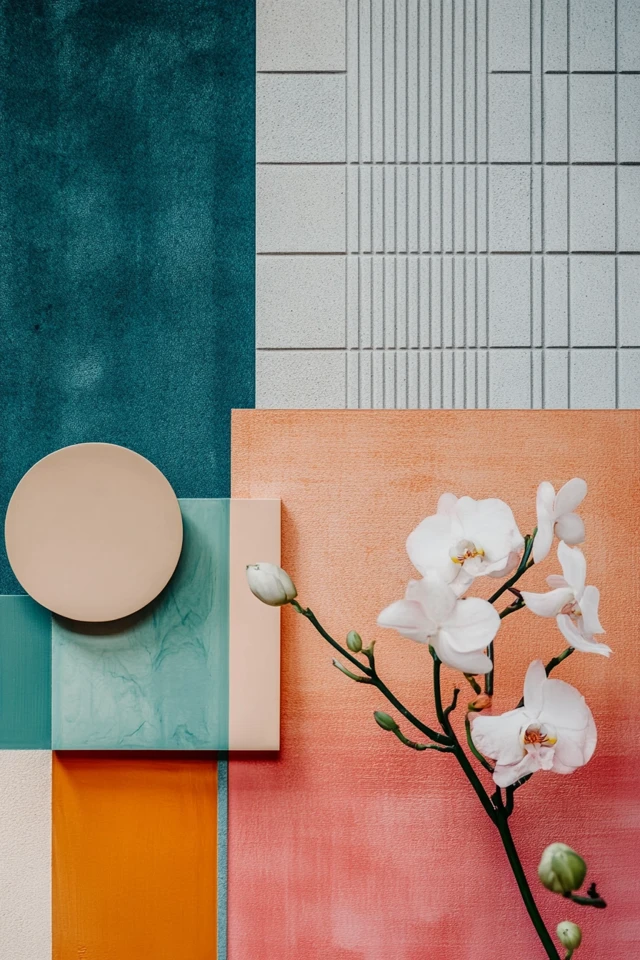
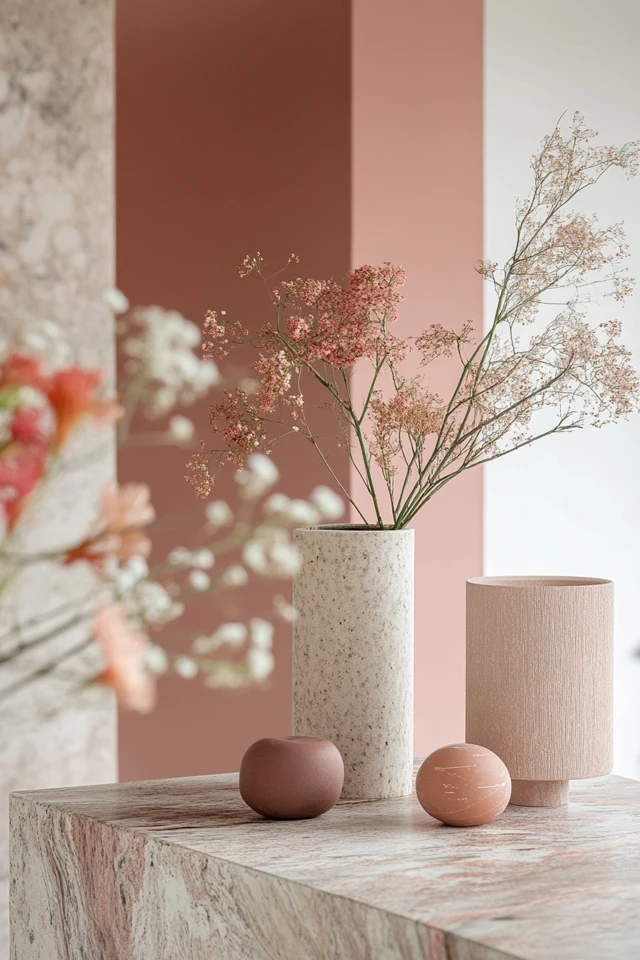
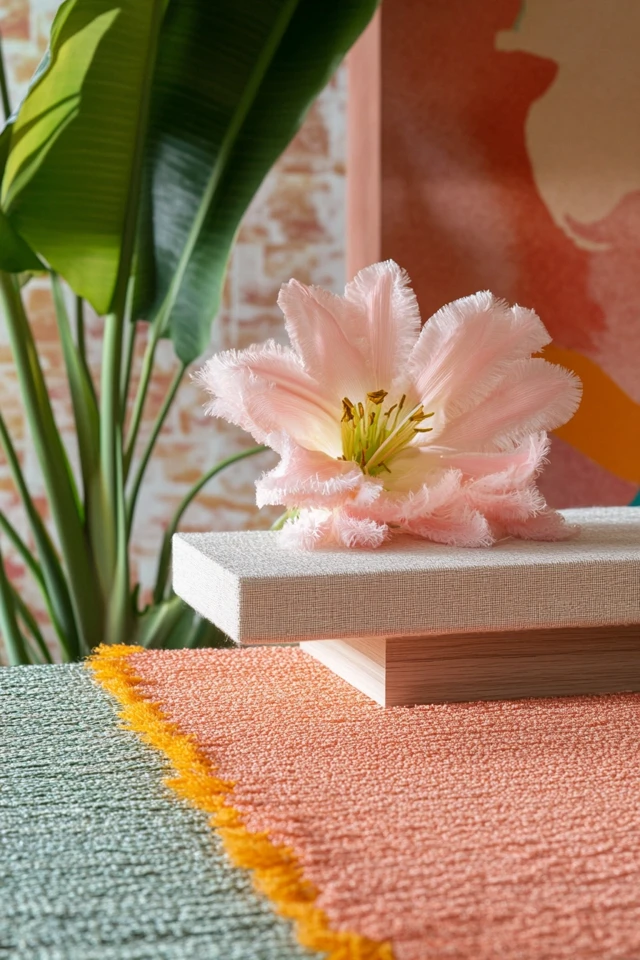
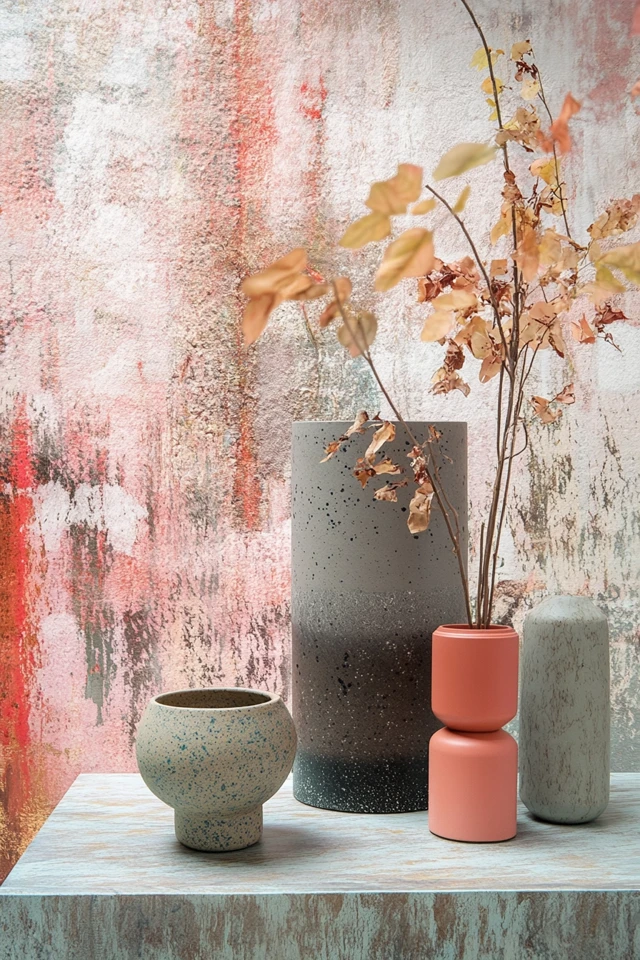
Conclusion
Creating a mood board is the first step to turning your aesthetic room makeover dreams into reality. It helps you refine your vision, stay consistent, and make confident design choices. Whether you’re drawn to the clean simplicity of Scandinavian style, the bold glamour of modern glam, or the cozy charm of rustic farmhouse decor, there’s a mood board to suit every taste and space.
Looking back on my own design journey, I can confidently say that mood boards have been my guiding light. They take the guesswork out of decorating and turn overwhelming projects into exciting adventures. So, grab your inspiration images, swatches, and sketches, and start building your own mood board today. Your dream room is just a few steps away!
FAQ
1. What is a mood board?
A mood board is a visual tool that combines colors, textures, patterns, and inspiration images to help you plan a cohesive design for a room or project.
2. How do I create a mood board?
You can create a physical mood board with swatches and magazine cutouts or use digital tools like Canva, Pinterest, or Photoshop to gather your inspiration.
3. Do I need a mood board for every room?
Not necessarily, but having one can help you stay focused and consistent, especially if you’re working on a complete room makeover.
4. How do I choose a theme for my mood board?
Start by thinking about the mood or aesthetic you want to achieve (e.g., cozy, modern, rustic) and gather images and elements that reflect that vibe.
5. Can I mix styles on a mood board?
Yes! Eclectic and transitional designs often blend multiple styles. The key is to find common elements, like a cohesive color palette, to tie everything together.

